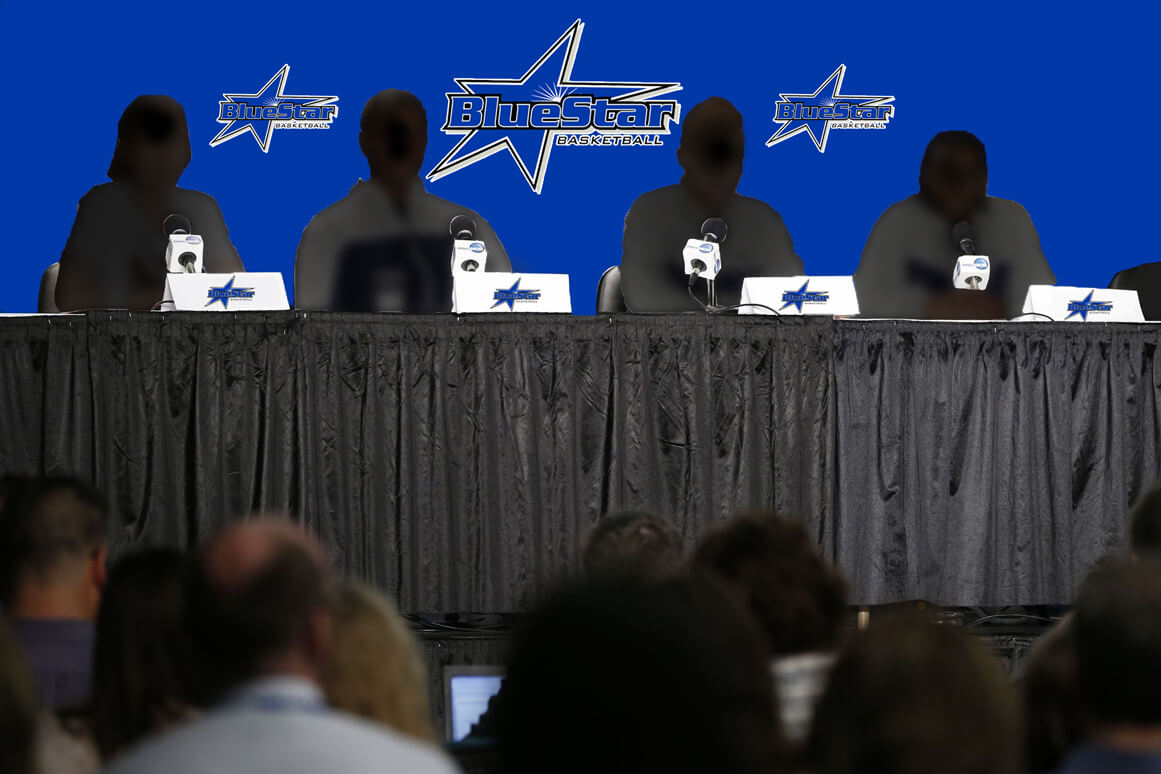Don’t read too much into what the NCAA women’s tournament selection committee released on Wednesday, we are told. It’s just a snapshot of the moment, committee chairwoman Dru Ann Hancock said.
This is all true. In mid-February a few years ago I participated in a mock bracket exercise in Indianapolis that was just as fleeting and fluid as the list of No. 1 seeds in order, and 16 other top teams just made public.
There were still plenty of key regular season conference games and conference tournaments to consider, and I grew to appreciate the committee’s task. This is a mind-numbing exercise even to provide a mid-season snapshot. I was grateful when the doors were unlocked and I could view something other than color-coded nitty gritty sheets jammed with numbers. 
But despite protestations against overanalyzing what the committee has decided for now, it does offer an idea of the critical thinking going on inside that room. Aside from a few head-scratching inclusions — especially Stanford, which beat UConn in November but is coming off a very bad loss to Arizona — one component that does seem to be more frequently cited than others is non-conference scheduling.
Tennessee (RPI 1) as the last No. 1 seed behind UConn, South Carolina and Notre Dame can be chalked up to a superior strength of schedule overall (the Lady Vols are No. 2 for the moment) and, more importantly, a non-conference SOS that is 8th.
Baylor (RPI 3) and Maryland (RPI 4), other two teams regarded as possible No. 1 seeds, have the following SOS numbers: 19 overall/83 non-conference, and 20/80, respectively.
The Lady Bears went out on Wednesday night and destroyed Oklahoma, another surprising inclusion in the Top 20, by an 89-66 score, so don’t underestimate the power of motivation here. Would have loved to have heard — and seen — Kim Mulkey’s firebreathing in that locker room before tipoff.
Indeed, if you want to assess an “eye test,” Baylor and Maryland do look like better teams than Tennessee, which has been gutting out some tough SEC wins over the last couple of weeks.
Nina Davis is a surefire All-American leading Baylor and Niya Johnson leads the NCAA with 8.7 assists a game.
The Terps lost All-American Alyssa Thomas from a Final Four team last year but is more balanced, deeper and can score from so many more spots on the floor. It’s not just Lexie Brown but Laurin Mincy, Shatori Walker-Kimbrough and Brionna Jones who have been major contributors.
But as I learned doing the mock bracket, the committee has to find some way to separate teams, even if it seems a little too numbers-based, and by the book. Another media member at my mock bracket exercise who has done this on the men’s side thought the women’s committee might go too much by the book, if that makes sense.
The Power 5 conferences are all very competitive, and those conference tourneys ought to help draw some defining lines, especially since how teams play down the stretch is also a strong factor for committee selectors.
But some very razor-thin distinctions will have to be made, and it’s going to be delicate work with the Top 16 seeds hosting again.
That’s where the issue of non-conference scheduling could come in, when the committee compares the “body of work” of teams on the board.
Mississippi State, which some thought might be in the Top 20, is having a banner season at 23-3 and 8-3 in the SEC. But while the RPI is 33, the SOS is 113. That’s with wins over Texas A & M and Georgia. The non-conference RPI is the real drawback here, at 284.
Obviously this is a young team — Vic Schaefer’s top three scorers are underclassmen — but the only non-SEC win against a Top 50 RPI team is Western Kentucky.
Unless the Lady Bulldogs can win tonight at Kentucky, or on Feb. 26 at South Carolina or make a strong SEC tourney run, that non-conference SOS may deprive them of a Top 16 seed. (Charlie Creme has MSU as a No. 4 seed for the moment, but that too is a snapshot).
South Carolina still has some work to do to nail down a No. 1 seed, I think, after getting crushed by UConn on Monday night. For all the great things the Gamecocks have done, they still have six more SEC games, including Tenneseee, Mississippi State, and Kentucky, plus the SEC tournament.
Why do I say that? USC’s RPI is 5, and the overall SOS is 36. The non-conference SOS, however, is 64. Dawn Staley’s done a marvelous job with this program, but surely she could have come up with a better non-league slate, UConn aside. Her team scraped by Duke and Syracuse, but walloped the likes of Hampton, San Diego State, Savannah State and North Carolina Central.
(On the other hand, UCLA clearly overscheduled. I give Cori Close credit for putting her young team up against UNC, Texas, Nebraska, UConn and Notre Dame before play in the Pac 12, which is having one of its best seasons ever. The Bruins are 10-13 with an RPI of 83, and SOS of 8 and have the top non-conference SOS in the nation.)
To be sure, so many factors, numbers, data sets and other information goes into “a big pot and stirred,” as Creme wrote last night.
But I’m always amazed how schools that either don’t get in or don’t get a seed they like because of a lacking non-conference schedule seem surprised by this.
There are two things about this process that coaches have the most control over. One is how they get their teams to play from this point on, with the regular season winding down.
The other is what they do in the off-season to put a non-conference schedule together. Frankly, too many women’s coaches, including quite a few in major conferences, are sadly lacking in this. This also hinders the growth of the game. If you think you’re NCAA worthy, why wouldn’t you want to play others like you?
I agree you can’t take this or any other committee’s in-season “snapshot” look too seriously, because it will change.
But over the years the committee has been fairly consistent — and emphatic — in urging coaches to play good teams out of conference, or risk the chance of being disappointed when the brackets come out.
Wendy Parker is a sportswriter and web editor who has covered women's basketball since the early 1990s. She is a correspondent for Basketball Times and formerly covered women's and college sports, soccer and the Olympics at The Atlanta Journal-Constitution. She is the author of "Beyond Title IX: The Cultural Laments of Women's Sports," available on Amazon, and the creator of Sports Biblio, a blog about sports books and history.

Latest Articles
-
Christopher Lawlor
/ 2 days agoUSA U16 Men’s Basketball training camp opens May 22 with 12 players heading to 2025 FIBA AmeriCup in Juarez, Mexico
COLORADO SPRINGS, Colo. – Only strong will survive the cut and with it the...
-


Christopher Lawlor
/ 3 days agoMOVING DAY: Prolific Prep will relocate to Fort Lauderdale, Florida from Northern California in time for 2025-26 school year
BENSALEM, Pa. – Prolific Prep, a regular in the Blue Star Media Elite 25...
-


Christopher Lawlor
/ 3 days agoUSA Basketball Women’s U16 National Team Trials top May 21 with 12 players repping at FIBA AmeriCup in Mexico
COLORADO SPRINGS, Colo. – The best of the best young women’s basketball talent is...
-


Christopher Lawlor
/ 1 week agoBIRD IS THE WORD: Five-time Olympic gold medalist and WNBA legend named USA Basketball Women’s first managing director with an eye for the future
NEW YORK – Sue Bird is back. The four-time WNBA champion and 2025 Naismith...



